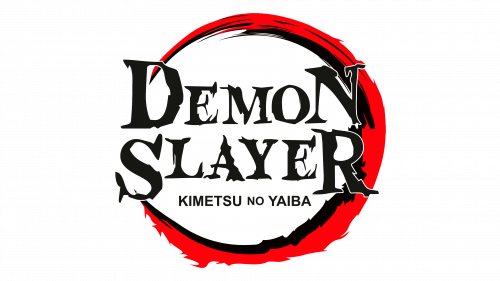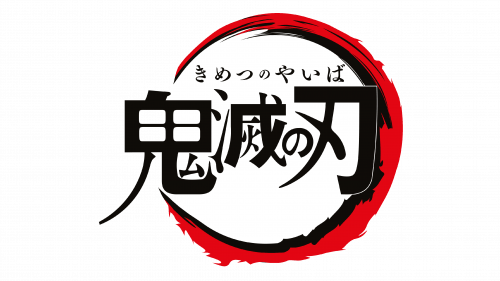Demon Slayer is the name of a super popular manga tv-show from Japan, which was created by Koyoharu Gotouge. The first printed version of the manga was released in the iconic Shonen Jump magazine in 2016, with the television anime version introduced in 2019.
Meaning and history
Demon Slayer is the confident champion among the highest-grossing anime in history. This franchise grossed $480 million worldwide shortly after its release.
And such success can probably be explained but a really good mix of worlds in the franchise. In Kimetsu no Yaiba (the original name of the manga), traditional Japanese flavor is closely intertwined with modern world culture. The local demons are actually the usual vampires, with just the one main difference — each demon has his own unique ability, like telekinesis or shadow-diving.
Demon Slayer: Kimetsu no Yaiba was created by a mangaka under the pseudonym Koyoharu Gotouge Nothing is known about the artist, except for her age (early thirties), place of birth (Fukuoka Prefecture), and avatar — an image of a cute crocodile with glasses.
Demon Slayer is Gotouge’s first success. She had previously managed to make her way into Weekly Shonen Jump magazine with three one-shot projects, but all the attempts failed. Editor Tatsuhiko Katayama advised her to go back to her debut novel, the folk action thriller Ka Gari Gari, and rework it into something more mainstream. Demons, swords, and the spirit of folklore were already there, but they lacked humor and likable characters. As it turned out, that was really what separated Gotouge from a guaranteed hit. This is why, in the Demon Slayer, everything is in its place.
The story is set in early twentieth-century Japan, also known as Taisho Era. The protagonist, Tanjiro Kamado, is a young lumberjack whose family is mauled one rainy night by a supernatural creature known locally as a demon. Everyone was killed except his little sister Nezuko, but the creature infected her and now the girl suffers from bloodlust and can’t stand the sunlight. Tanjiro vows to heal his sister by all means and find the monster that ruined their lives. To do this, the boy joins the Demon Slayer Corps, a secret organization that fights evil throughout Japan.
What is Demon Slayer?
Demon Slayer is the Japanese manga and anime franchise, which was first printed in the Weekly Shonen Jump magazine in 2016, and got its tv-version created in 2019. By today there have been 23 volumes of manga and 44 episodes of anime-show released under the franchise.
In terms of visual identity, the logo of Demon Slayer hasn’t been changed since the first release of the manga in 2016. It has always been based on a custom font and abstract graphics with a strong connection to the visual identity of Japan and its culture.
2016 – 2020
The Demon Slayer logo is composed of a two-leveled inscription in a fantasy-designed typeface with bold lines and uneven contours, written in black and enclosed into a black and red circle, opened on its left. The ring of the frame is also drawn with the edges not even, hence resembling the tongues of flame or a dragon tail.
Font and color
The Demon Slayer logotype from the official version of the anime’s insignia is set in bold uppercase letters, with the first and last character in each word enlarged. The custom typeface of the inscription features dramatic shapes with softened uneven contours and looks very unique. However, the style of the Demon Slayer type resembles some shapes of the commercial font, called Garden Song Regular, with most letters refined, but still.
As for the color palette of the Demon Slayer: Kimetsu no Yaiba’s visual identity is based on the most powerful combination of black, red, and white. The red here not only creates a dramatic effect but also celebrates the Japanese roots of the franchise, resembling the national flag of the country. As for the black — it makes everything timeless and strong, topping up with confidence and excellence, while the while background is here for perfect contrast and clean contours.









